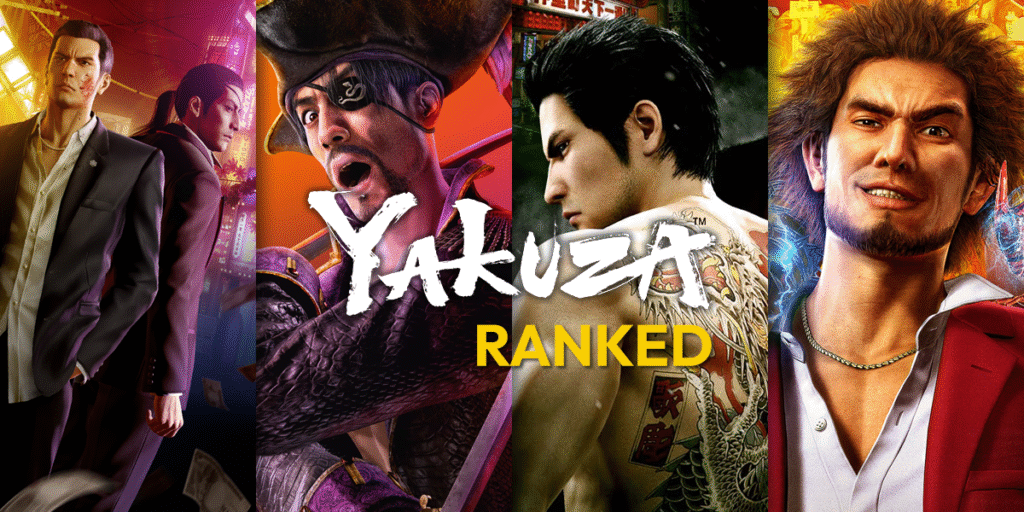My obsession with the Yakuza/Like a Dragon franchise began with Yakuza 0, and since then, I haven’t looked back. I have played almost every entry in this long-running series, and I always find any excuse to share my love and passion for the franchise (hence the article).
After some deep consideration, soul searching, and rigorous internal battles, I have decided to rank every Yakuza/Like a Dragon series entry I have played. This list is completely subjective. My favourites will be different from your favourites, and honestly, I have enjoyed each entry in this series in some way.
So, without further ado, here is my Yakuza/Like a Dragon ranking list.
Disclaimer: If an entry in the series is missing, I have not had the pleasure of playing it just yet. In a perfect world, I’d love to keep this list updated, so make sure to check back to see how future entries stack up.
PROCEED WITH CAUTION: Major Spoilers ahead!
12. Yakuza 3 (2008)
Yakuza 3 took the series in a divisive direction, as Kiryu becomes the guardian of the Morning Glory Orphanage in Okinawa. This becomes a defining plot point for Kiryu going forward and I loved seeing him form lifelong bonds with the children here. Yakuza 3 also introduces us to the Ryudo Family, alongside one of my favourite minor characters from the series, Rikiya Shimabukuro. He quickly forms a strong bond with Kiryu before his untimely death, which ultimately creates one of the most emotional scenes in the series.
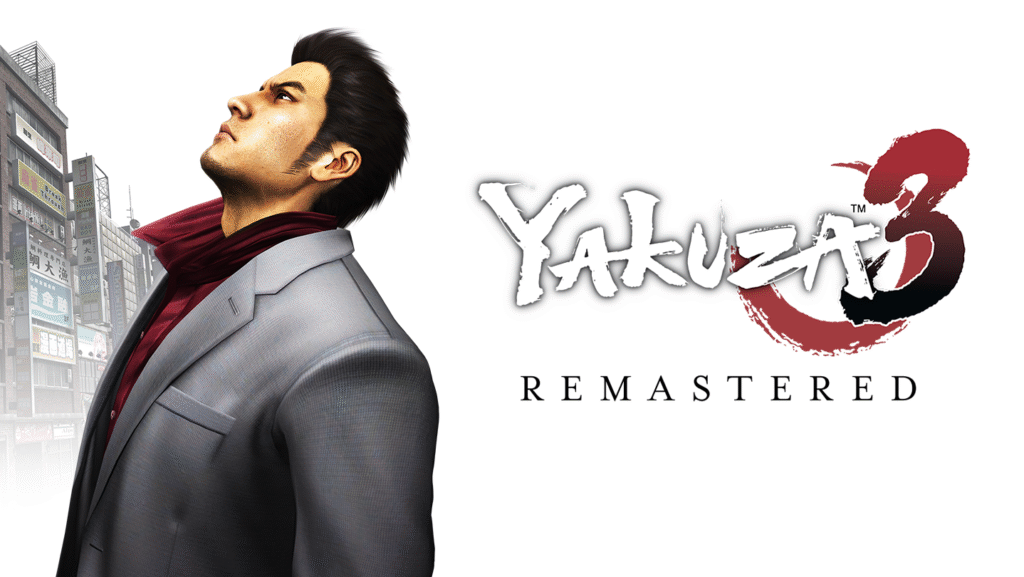
However, this entry also delivers one of the most forgettable stories in the franchise. While Yoshitaka Mine becomes an interesting antagonist to Kiryu, many other elements fall flat. Andre Richardson is an additional villain that I actually forgot existed before writing this list, and Shintaro Kazama’s twin, Joji, is so forgettable, that we have not heard his existence mentioned in the series since. Yakuza 3 isn’t a bad game, but when compared to the entire series, it is, in my opinion, the weakest entry, with even the final shocking moment quickly undone with a post credits scene wiping away any tension it tried to create.
11. Like a Dragon Gaiden: The Man Who Erased His Name (2023)
The Man Who Erased His Name is the shortest entry in the series, but it is also one of the most important. This instalment feels more personal than other entries, as it explores Kiryu’s psyche following the events of Yakuza 6 and helps to establish the new direction of the series. The events of Yakuza: Like a Dragon overlap with this story, and The Man Who Erased His Name does a good job of explaining some of the plot points that the entry glanced over. However, the short length and lack of side content mean this instalment is near the bottom of my list.
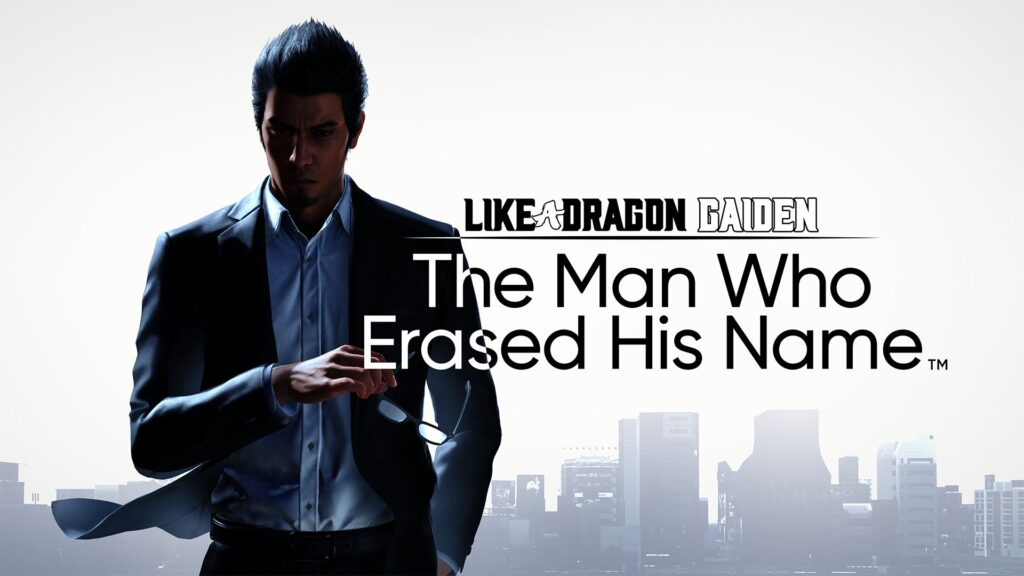
As for the villain, I never found myself becoming attached to Kosei Shishido, and despite his youth being used as a major reason why he can go toe-to-toe with the most iconic characters in the series, he never felt like a major threat. Lastly, I must mention the final heartbreaking scene, in which Kiryu watches a video message from two of his adopted children, Taichi and Ayako, where they provide Kiryu with a detailed update on his family. If Kiryu cries, we cry, and this scene was incredibly emotional. We truly see how losing the ability to see his children and missing out on their lives has affected him and the performance by Takaya Kuroda, Kiryu’s Japanese voice actor, was phenomenal.
10. Yakuza 6: The Song of Life (2016)
Yakuza 6 introduced a lot of interesting characters, especially the Hirose family, all of which were loveable in their own way. But it also placed many of the franchise’s most beloved and iconic characters to the bench, with Daigo Dojima, Goro Majima, and Taiga Saejima all behind bars, as well as Haruka spending most of the adventure in a comatose state.
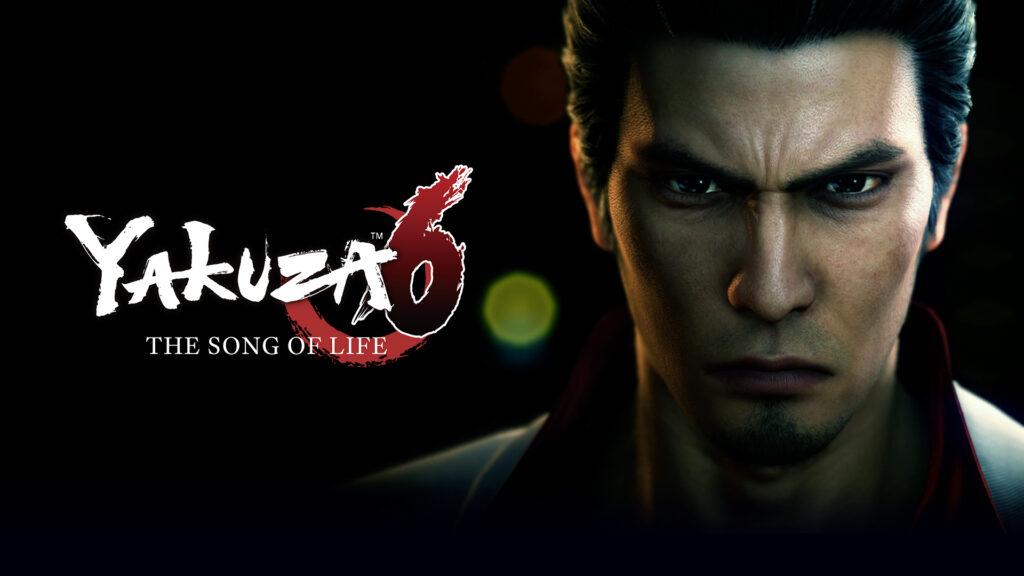
The main plot deviates from a Yakuza focused story, to feature a government conspiracy. The narrative feels grander and more important because of this change, but personally, the story never grabbed my attention like previous games. The conclusion packs an emotional punch, as Kiryu is forced to fake his own death to ensure the safety of those he loves. This is emphasised in the final moments, where Kiryu witnesses Haruto’s first steps, before leaving his life behind for good. Well, until the next game.
9. Like a Dragon: Pirate Yakuza in Hawaii (2025)
This is probably the wackiest entry in the series. Like a Dragon: Pirate Yakuza in Hawaii is Goro Majima’s first game as a standalone protagonist. Unfortunately for Majima he loses his memory, but on the positive side, he becomes a pirate captain. While the story has some forgettable villains, the adventure helped explore Majima in a personal way, something fans have been waiting for since Yakuza 0.

Naval combat felt like Twisted Metal on the ocean. Majima wields laser cannons, rocket launchers and ice weapons to disable his enemy’s ship before boarding them. This is where frenetic hand-to-hand combat begins. Wielding a grappling hook, Majima can zip around the battlefield like a madman, and use cursed musical instruments to summon hulking beasts that decimate your adversaries. Oh, and the pirate-themed tracks were marvelous.
8. Yakuza 5 (2012)
This instalment was epic, in scale, length, and story. Yakuza 5 follows five different characters, one of which is Haruka Sawamura, a beloved character and Kiryu’s adopted daughter. Her gameplay was unique, but her section helped tie together a strong narrative. Speaking of Kiryu, his opening act as a taxi driver was great, and I loved meeting Nakajima, a character who loved Kiryu so much he was willing to protect his identity years later in Infinite Wealth. We all need friends like Nakajima.

Yakuza 5 handled multiple protagonist storytelling differently to Yakuza 4. Whereas the previous entry frequently switched character perspective, Yakuza 5 presents the story in narrative blocks, with each section dedicated to a specific character. Personally, due to these extended periods away from other characters, I found myself forgetting major plot details of specific stories. Combined with each character’s own personal narrative, alongside their own unique friends and villains, and this pacing choice hindered what I considered to be one of the best narratives the series has delivered.
7. Yakuza 4 (2010)
This entry also follows multiple protagonists, as we experience the narrative from four different perspectives. I preferred how Yakuza 4 managed the story across multiple protagonists when compared to Yakuza 5. Unlike Yakuza 5, we constantly switch perspectives across the adventure, which enables each plot thread to progress concurrently. Of course, this preference is totally subjective, but I really enjoyed how the main story was delivered. Each of our four protagonists was compelling in their own right, and being able to control Akiyama (a personal franchise favourite) was fantastic.
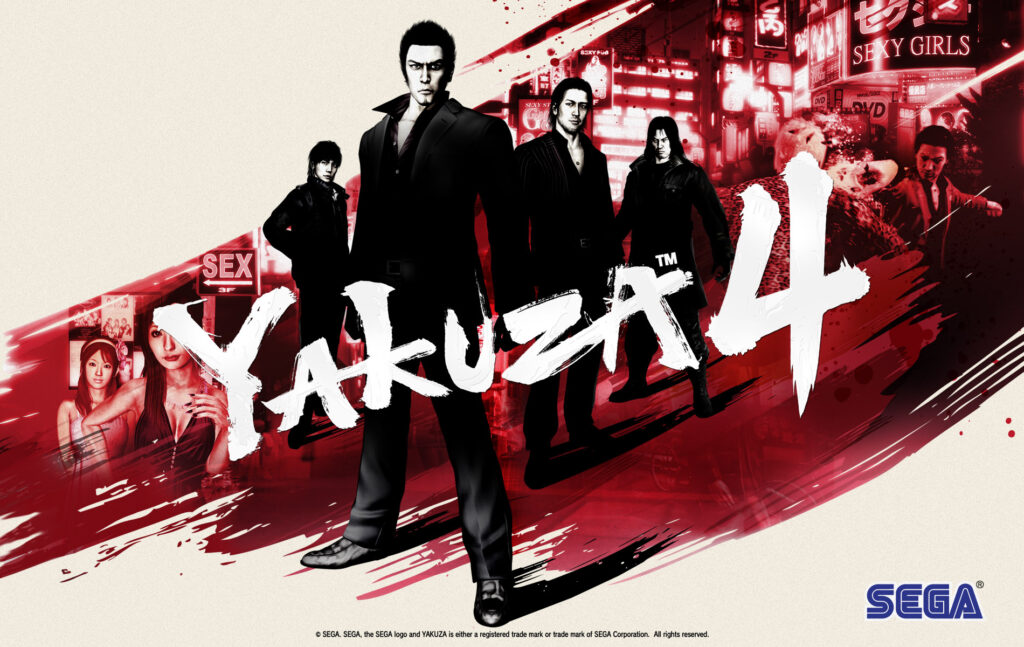
Each character controlled differently, which kept combat fresh, as you were constantly switching between alternate combat styles. I loved seeing Saejima’s tragic backstory, and although his narrative twist felt borderline unbelievable, it was still compelling and helped fuel Saejima’s motivations throughout the narrative. While I didn’t find the main villain as compelling as some of the franchise’s best, this is still a very strong entry in the series.
6. Like a Dragon: Ishin! (2014)
Technically, Ishin isn’t canon to the series, but as it involves Yakuza characters, I’m counting it. Ishin is a samurai adventure that involves Yakuza character models portraying different characters, but they still act like their franchise counterparts. Confusing? Don’t worry about it. Longtime fans will get an absolute kick out of seeing their favourite characters in a samurai setting, while new fans can simply dive in and enjoy a fantastic revenge story set in an historical Japanese environment, without any prior series knowledge required.
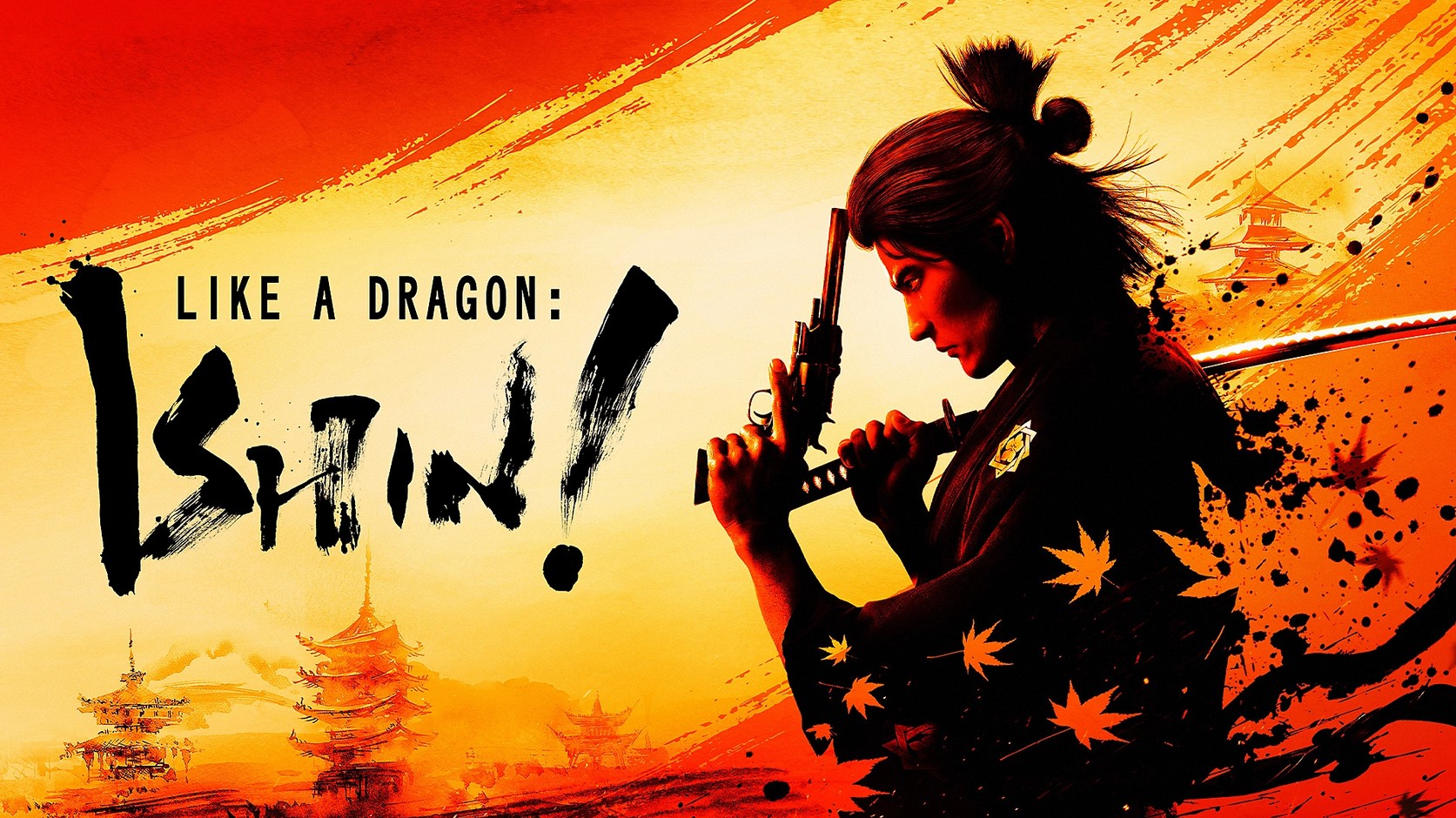
Ishin delivers a memorable story of revenge, alongside the usual wacky side stories that the series is known for. Sword combat is brutal, frenetic and satisfying, with multiple combat styles to master. Visually, this remake is stunning, with fantastic music and a genuinely interesting location to explore. Ishin is a brilliant game for fans, but also a fantastic game for anyone looking to experience a thrilling samurai adventure.
5. Yakuza: Like a Dragon (2020)
Very few long running franchises have taken as many risks as Yakuza: Like a Dragon. Not only does this instalment place iconic protagonist Kiryu on the bench in favour of introducing a new hero, Ichiban Kasuga, but it also removes real-time combat in favour of turn-based battles. It’s a massive deviation from what made the series so memorable and loved, but despite those changes, Yakuza: Like a Dragon is still able to deliver one of the best games in the franchise.
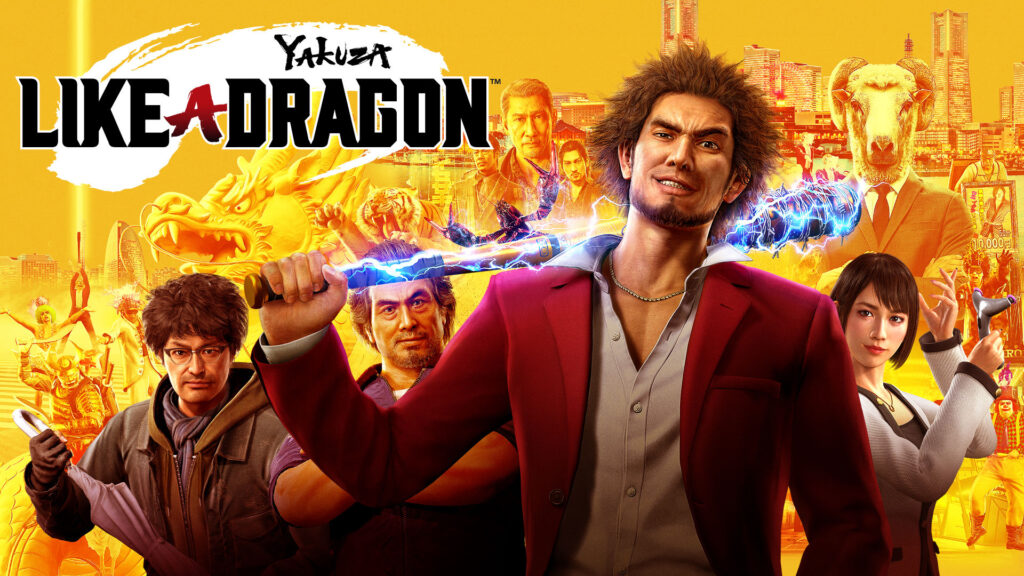
Ichiban Kasuga is loveable in his own right, and while he has his own distinct backstory and ideologies, like Kiryu, he is unmistakably a good person at heart. With a brilliant introductory story, fantastic (and challenging) turn-based combat, a great cast of side characters and party members, as well as delivering the typical series quirkiness, Yakuza: Like a Dragon is brilliant. It evolves the series in a new direction, while staying true to its past, and it is a perfect entry point for new players.
4. Yakuza Kiwami (2016)
My Yakuza adventures began with Yakuza 0, and I think that made Yakuza Kiwami hit so much harder. Yakuza 0 allows you to appreciate the strong bond between Kiryu and Nishiki, who are essentially brothers. This bond makes Nishiki’s turn to the dark side incredibly painful, as you feel that betrayal alongside Kiryu. The narrative is memorable, and while I never played the original release, the Kiwami version holds a special place in my heart.
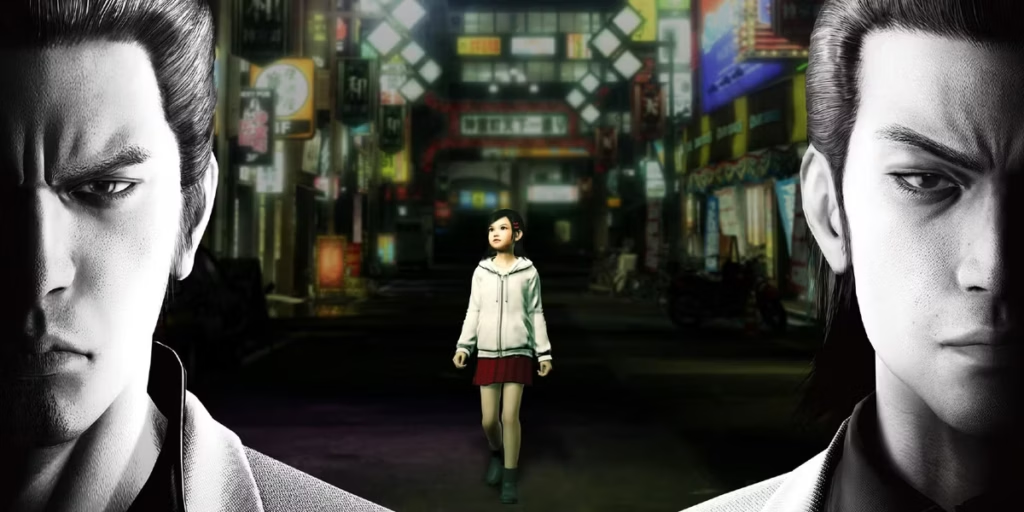
This adventure is also full of ridiculous and powerful side stories, that genuinely made me laugh out loud on many occasions. The combat is sleek, responsive and satisfying, with the grand spectacle of the Yakuza series on full display due to the care and attention to detail this remake delivered. I must also mention the “Majima Everywhere” side quest, which sees Goro Majima appearing throughout the adventure in various disguises and locations to fight Kiryu. Not only was it fantastic to see Majima again, but these scenes were absolutely hilarious and ridiculously memorable.
3. Yakuza Kiwami 2 (2017)
Why do I love Yakuza Kiwami 2? Because of the “Dragon of Kansai, Ryuji Goda. I could end this entry here, but I’ll elaborate. Goda is my favourite villain from the Yakuza series. He was an ominous individual who felt like a true equal to Kiryu and an incredible challenge for him to overcome. While both characters have contrasting views on the world, they are fundamentally similar, which is why seeing Goda and Kiryu go head-to-head was so compelling. Side note, I would love the series to reveal Goda’s death was faked and for him to return in the future; a man can dream.
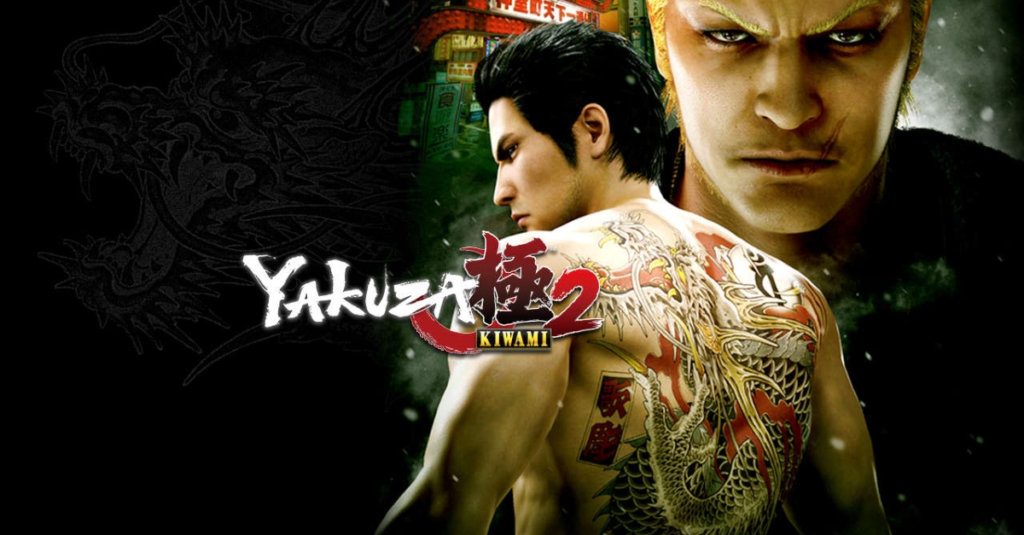
Yakuza Kiwami 2 also includes “The Majima Saga”. This additional sequence wasn’t available in the original Yakuza 2, but it helps connect both Kiwami entries, as well as Yakuza 0. Plus, I’ll never get mad at the chance to play as Majima. As always, the side stories are fantastic, and this entry has some of the best in the series.
2. Like a Dragon: Infinite Wealth (2024)
The sheer size of Like a Dragon: Infinite Wealth is ridiculous. This entry feels like the culmination of the series, as both Kiryu and Kasuga come together, in what feels like a true passing of the torch. This is a massive game, and it truly delivers. Kasuga reiterates why he is a fantastic protagonist, and understanding how his personality had evolved from his original introduction was great. He’s a loveable doofus, but his kindness, morality and fun-loving spirit is infectious.
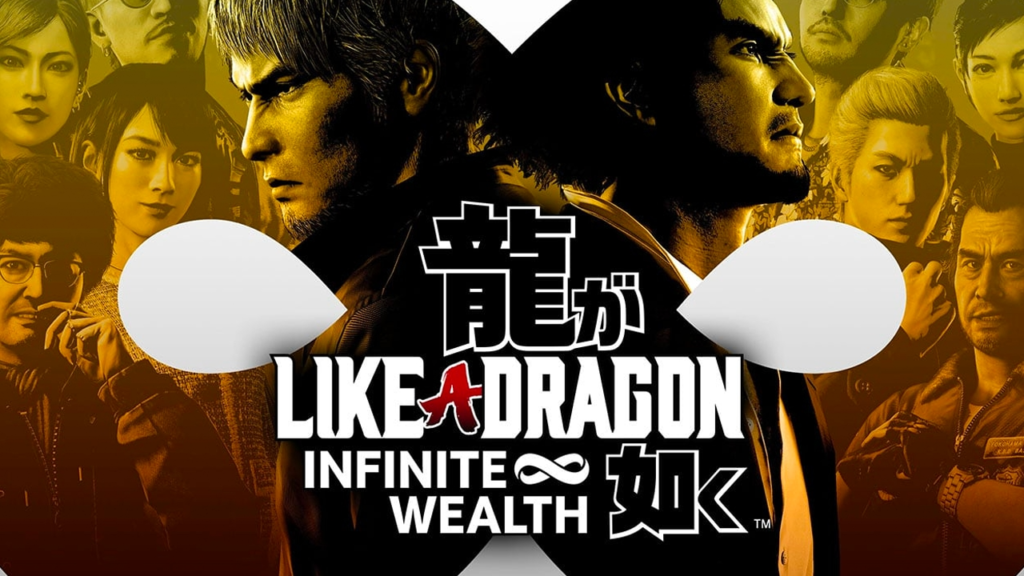
Like a Dragon: Infinite Wealth also provides Kiryu with a tremendous amount of love, with cameos, callbacks and fond memories of the series scattered throughout the adventure. It’s a true love letter to our beloved Kiryu. Hawaii is a dense location and feels incredibly fresh to explore, and with a new location, comes new and iconic side characters that provide hilarious side stories. Visually incredible and downright fun, this is a brilliant entry in the series.
1. Yakuza 0 (2015)
Yakuza 0 is a special game. Not only did it begin my love of the Yakuza/Like a Dragon series, but it quickly became one of my all-time favourite video games. It perfectly captures both the ridiculous, and dramatic moments that the series is known for. Most importantly, it delivers two fantastic character stories that interweave perfectly, to create one of the most memorable narratives I have ever experienced.

Whenever someone asks me where they should start their Yakuza/Like a Dragon adventure, I always point to Yakuza 0. It is a perfect entry point to understand Kiryu’s past and how it shaped him into the loveable hero he is today, and it does a fantastic job at exploring Majima’s past, helping us to better understand his character in intriguing and heartbreaking ways. With multiple locations to explore, a ridiculous amount of fun side activities, brilliant side stories, and at its core a powerful narrative full of heart. Yakuza 0 is a masterpiece, and is my favourite entry in this incredible franchise.
What’s your favourite Yakuza/Like a Dragon game? Let us know below!
